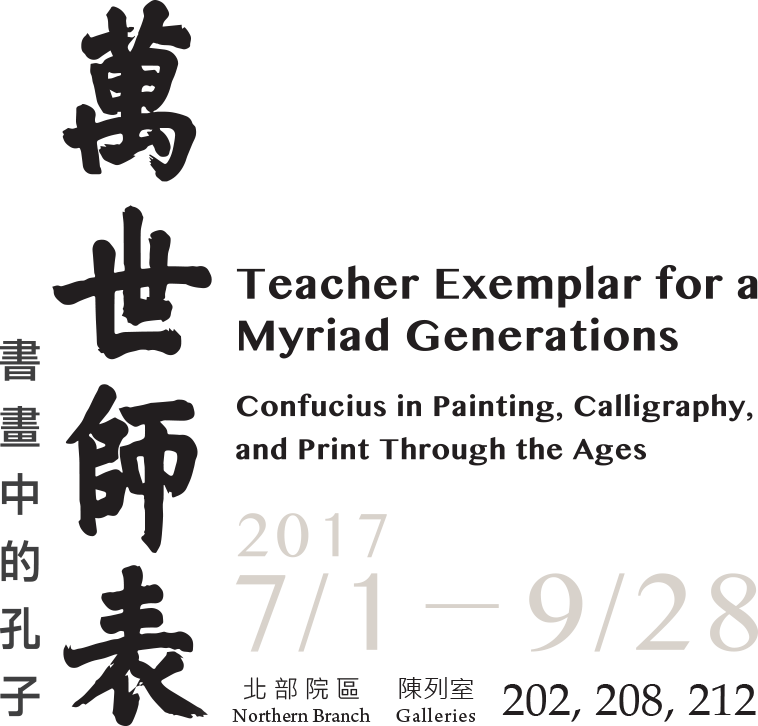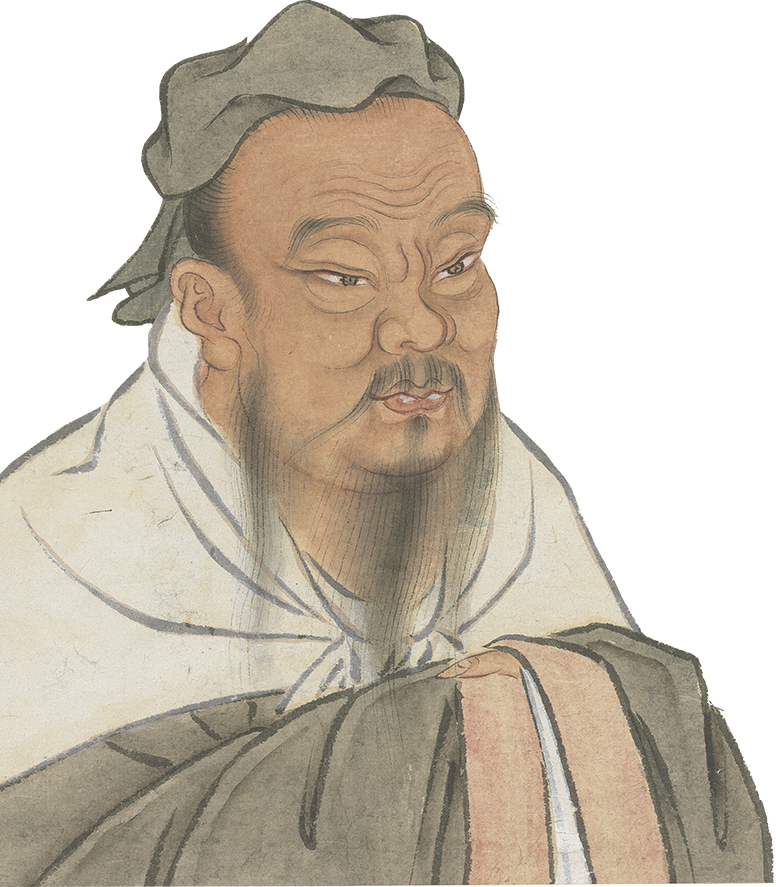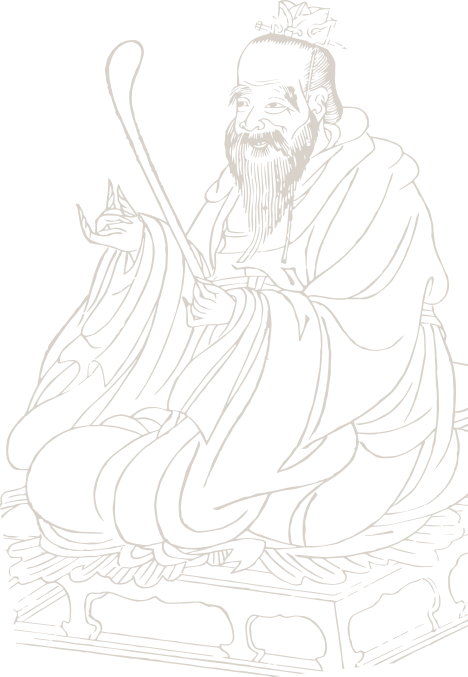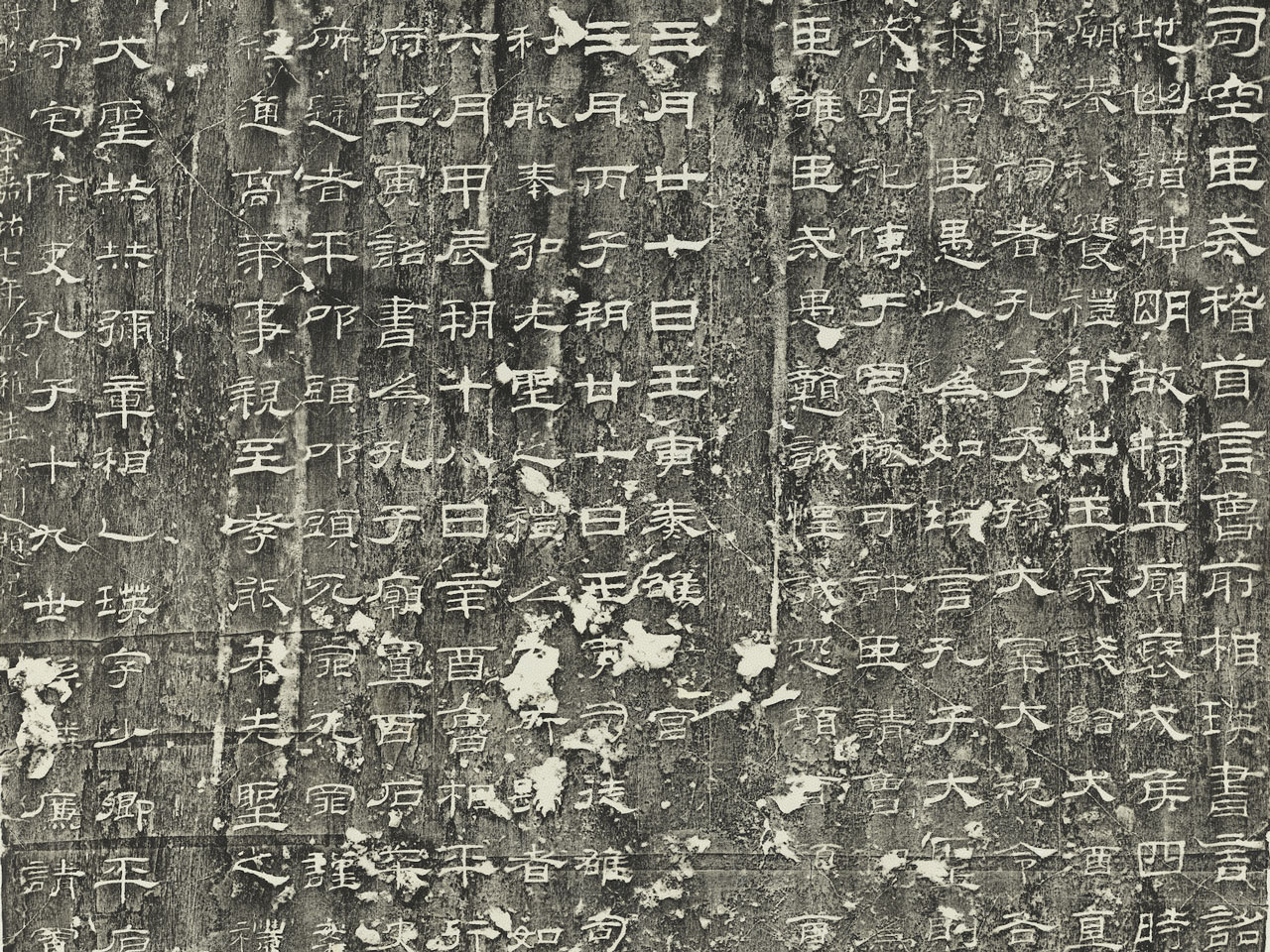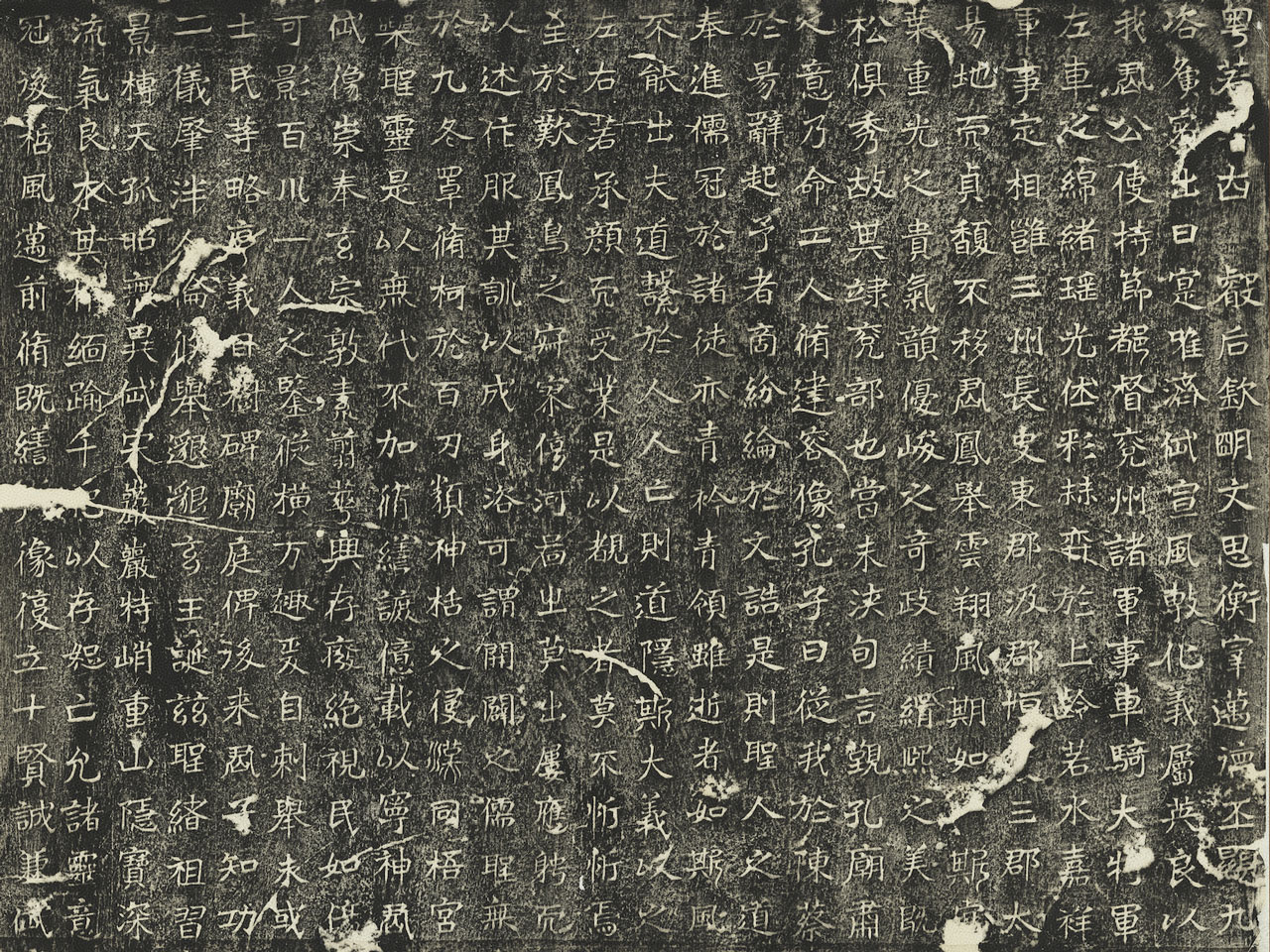After Confucius passed away, subsequent rulers and local officials through the ages conferred upon him posthumous titles, made offerings, and renovated the Temple of Confucius, events that were often commemorated and engraved in stone steles. The people who composed and wrote these steles were often notable figures at the time. Over the years, the number of such steles increased and collected to form the famous "Forest of Stone Steles." The "Yi Ying," "Ritual Vessels," and "Shi Chen" steles are all masterpieces of Han dynasty clerical script admired by calligraphers today and serve as important examples to emulate.
Rubbing of the Yi Ying Stele
- Anonymous, Han dynasty (206 BCE-220 CE)
- Hanging scroll, ink on paper, 191.1 x 88.5 cm
The "Yi Ying Stele" was erected in 153 CE during the Eastern Han dynasty. The text engraved on the original stone records the nineteenth-generation descendant of Confucius, Kong Lin. He had asked the court to follow Han dynasty precedents governing ancestral temples to establish the post of Clerk to be responsible for the ritual vessels at the Temple of Confucius and the ceremonies held there in spring and autumn. After petitions by former Administrator Yi Ying and then Ping, as well as by Wu Xiong and Zhao Jie, Ministers of Education and Works, respectively, Kong He as a descendant of Confucius known for his virtue and learning as well as his filial piety was finally chosen to serve in this position.
The original stele in Qufu, Shandong, is also called the "Kong He Stele" and currently located at the Temple of Confucius there. The engraved text in clerical script is upright and solemn. Later in the Qing dynasty (1644-1911), it was praised by scholars as a classic example of Han clerical script and became a model that most calligraphers studied for this type of writing.
The stele not only mentions the people involved with the Temple of Confucius at the time but also several times the offerings that were made. It describes the nobility of Lu providing money for dog meat and wine as offerings; an ox, sheep, hog, and chicken each provided by the Governor of Henan; and rice by the Chamberlain for the National Treasury. Thus, the stele provides important information on the kind of sacrificial offerings made at the Temple of Confucius in its early years.
Rubbing of the Li Zhongxuan Stele on Repairing the Temple of Confucius
- Anonymous, Eastern Wei dynasty (534-550)
- Hanging scroll, ink on paper, 213.6 x 83.3 cm
This stone stele, also known as the "Li Zhongxuan Stele," was engraved in the third year of the Xinghe reign in the Eastern Wei dynasty (541) and is now preserved at the Temple of Confucius in Qufu. The header features characters in claw-like seal script that reads, "Stele of the Temple of Confucius in Lu." The main text records how Li Ting, Prefect of Yanzhou, renovated the crumbling walls of the Temple of Confucius. He also repaired the statute of Confucius inside, having portraits of Confucius' ten major disciples done as well. The stele text is engraved in regular script with many elements of clerical script. Moreover, it is interspersed with large and small seal script as well as draft clerical. The large number of writing forms reflects a trend common at the time.
This stele is the earliest record of imagery made of Confucius and his "Ten Wise Disciples." In ancient times, his image at the Temple of Confucius was in sculptural form. Later, in the Ming dynasty, Emperor Taizu (r. 1368-1398) ordered the sculptures be replaced with sacrificial tablets during reconstruction of the Temple of Confucius, because it was felt they did not adequately convey their spirit of the figures. Emperor Shizong in the Jiajing reign (1522-1566) then ordered the removal of Confucian sculptures all over the country to be replaced with tablets, which is one reason why so few images of him in the round survive at the various Temples of Confucius today.
